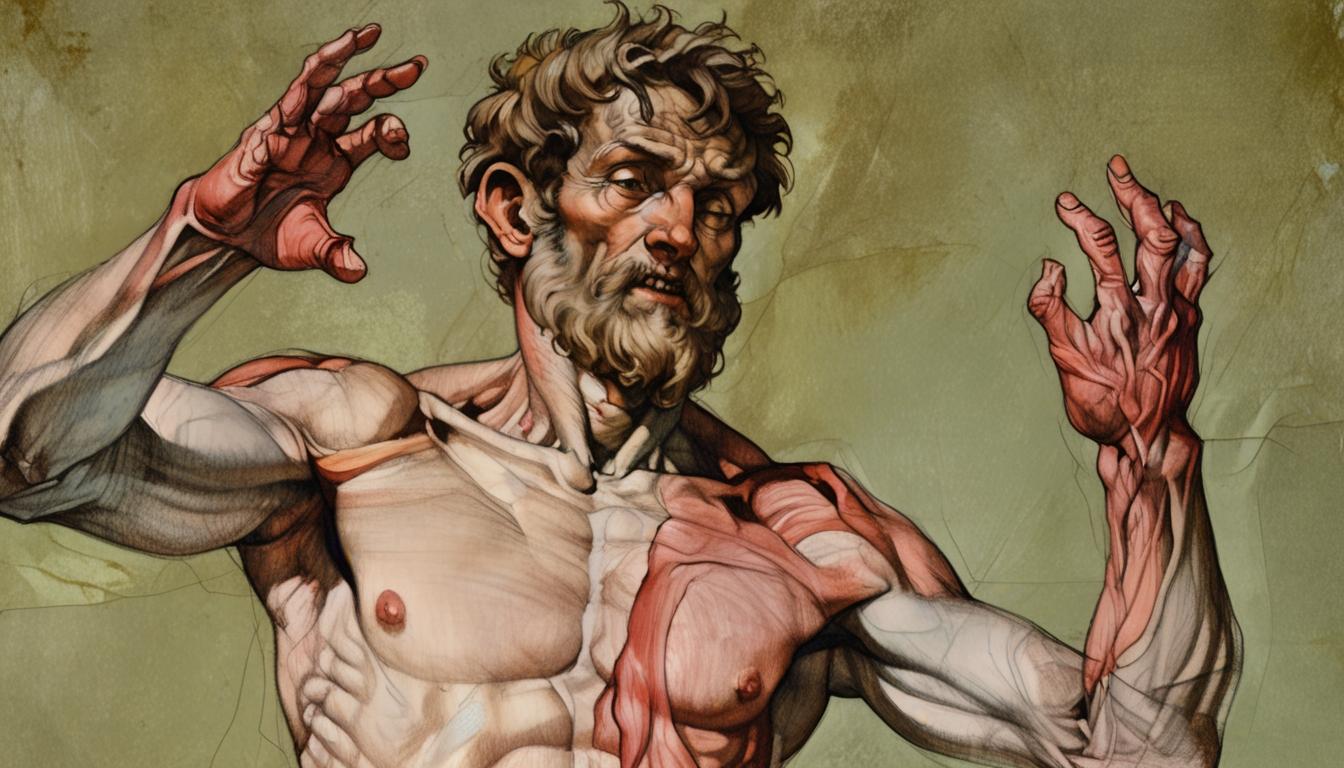As the College of Cardinals convenes in the Sistine Chapel to elect a new pope, their surroundings are suffused with the profound artistic legacy of Michelangelo Buonarroti. The chapel's frescoes, painted between 1508 and 1541, present not only biblical narratives but also subtle, challenging reflections on spirituality, morality, and human nature that resonate with the solemn responsibility faced by the electors.
Michelangelo's ceiling frescoes, depicting scenes from Genesis, were commissioned by Pope Julius II after the 1503 papal election, which itself was a turbulent contest of political factions. Giuliano della Rovere became Julius II partly due to the illness and fall of Cesare Borgia, whose control over the College had been formidable. Julius’s subsequent enrichment of the chapel was deeply intertwined with family prestige, as the chapel had been shaped under Pope Sixtus IV, Julius’s uncle, embedding layers of dynastic symbolism into the artistic programme.
Despite the Renaissance papacy’s often brutal nature, Michelangelo emerges from the frescoes as a figure embodying courage, integrity, and profound Christian faith. His vision elevates the human form and spirit, pushing beyond conventional religious portrayals. The Last Judgment, painted after 1536 on the altar wall, notably includes depictions of same-sex affection, reflecting Michelangelo’s own “neoplatonic” love for a young nobleman—an audacious statement in an era when such expressions could result in severe punishment. Posthumous censorship saw many of these nude figures partially covered, but the underlying message remains, challenging traditional Church teachings that equate sin with sexuality.
The biblical scenes themselves are framed by Old Testament prophets and pagan sibyls, such as the Libyan Sibyl, blending Christian themes with wider religious and philosophical traditions. This motif may align with the teachings of Renaissance thinkers like Pico della Mirandola, who advocated a syncretic approach, recognising the potential harmony between Christianity and other faiths including Judaism and Islam. Such imagery might provoke contemporary cardinals to consider broader perspectives amid their deliberations.
Michelangelo’s designs are further notable for their trompe l’oeil architecture—painted elements designed to deceive the eye—including pedestals and skulls that blurring the boundary between reality and artifice. This artistic complexity could metaphorically reflect the intricate nature of Church politics.
An unexpected element for the conclave is Michelangelo’s own self-depiction as St Bartholomew in the Last Judgment. portrayed as a flayed skin with a distorted, haunting face, this self-portrait is a stark lesson in humility from an artist at the zenith of his fame, reminding those present of the transient nature of power and ego.
The composition of the Last Judgment breaks from earlier conventions by illustrating salvation and damnation along a vertical axis, with the blessed rising and the condemned falling. This arrangement could inspire the cardinals' aspirations to elevate themselves and their choices above worldly corruption and base desires.
Among the more striking figures is Minos, the judge of the underworld, shown with asses’ ears and bound by serpents indicating the circle of hell to which souls are condemned—a depiction reportedly modelled on a clerical adversary who accused Michelangelo of turning the chapel into a “bath house” due to his nudes. The serpent’s ironic eternal punishment upon this figure adds a layer of biting social commentary reflective of Michelangelo’s complex relationship with Church authorities.
In sum, Michelangelo’s artistic masterpieces within the Sistine Chapel offer a profound, multifaceted context against which the College of Cardinals faces the momentous task of choosing a new leader for the Catholic Church. The frescoes present themes of divine creativity, human dignity, theological inclusivity, humility, and the moral challenges surrounding sexuality — elements that engage both the conscience and intellect of the conclave participants in ways transcending the immediate politics of their election.
Source: Noah Wire Services
